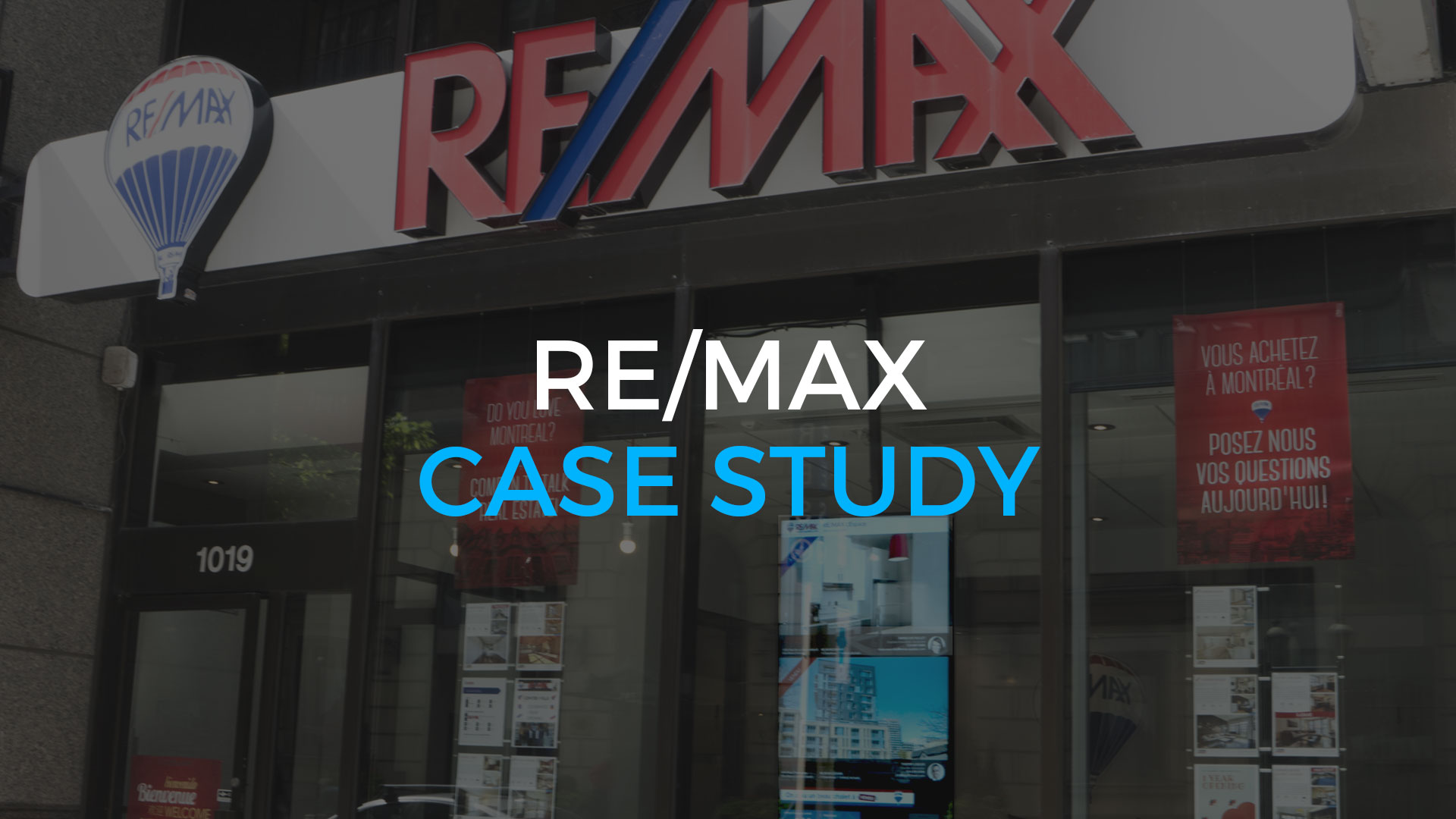Digital signage is increasingly used by transit corporations to share information with their users. For instance, the Réseau de transport de Longueuil (RTL) has recently (October 2021) installed displays to provide real-time information to users of its transit system. Digital signage is an excellent communication tool that helps improve users’ experience while making waiting times seem shorter.
Context
Since October 2021, the Réseau de transport de Longueuil (RTL) has been deploying 100 new digital signage displays in its bus shelters. Users are able to use them to know the time when their next train or bus will arrive (in real or scheduled time), learn about delays and read citizen communications.
The RTL’s initial goal was to improve the communication of transport information for its users. To achieve this, it chose to use digital signage displays powered by a digital signage software.
Designed and developed in Montreal, the ITESLIVE software was the ideal solution for this task and would help the RTL to achieve its objective. Furthermore, this software is already used by many other transit corporations in Quebec to display transport information in real time.
For more information about this project, read the RTL’s press release.
Here are some benefits of choosing a digital signage solution:
Use real time information to help your users get around more easily
The use of digital signage in public transportation improves user experience by leveraging technology such as sensors, mobile networks and cloud software to display the time at which the next buses are scheduled. These tools help users plan their itineraries more easily.
Dynamic digital signage for smart public transportation enable the sharing of important information with users in real time (such as next scheduled passages or delays). Having access to real-time transit information on variable message screens gives users the possibility to make informed decisions. Imagine someone noticing that the 5:17 bus is overcrowded. However, that person sees on the screen that the next bus will be there at 5:24; the user can therefore use this information to decide whether to sneak in the 5:17 bus or to wait seven minutes and have a better chance of finding a seat.
Share information of general interest
Most users will look at the digital signage displays to know the time when the next train or bus will arrive. This is the opportunity for you to share general interest information with them, as part of the screen can be used to display messages about new features (for instance, available Wi-Fi in buses), scheduling changes during summer, reminders about rules, suggested places to visit, sanitary guidelines, and much more.
Display emergency messages
Digital signage displays installed in bus shelters or metro stations can also be used to share emergency messages. For example, during an Amber alert, messages can be displayed on the entire network through the digital signage software. Other types of emergency messages (e. g., fire alarms) can be configured in advance within the software and, when an alarm is triggered, screens can show directions towards the nearest exit.
Digital signage software helps inform users, makes it easier for them to travel and improves their global experience. For transit corporations, these displays can leverage this software to easily access, create and manage content throughout their networks – and it can all be done remotely.






